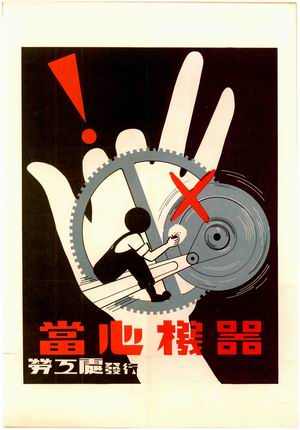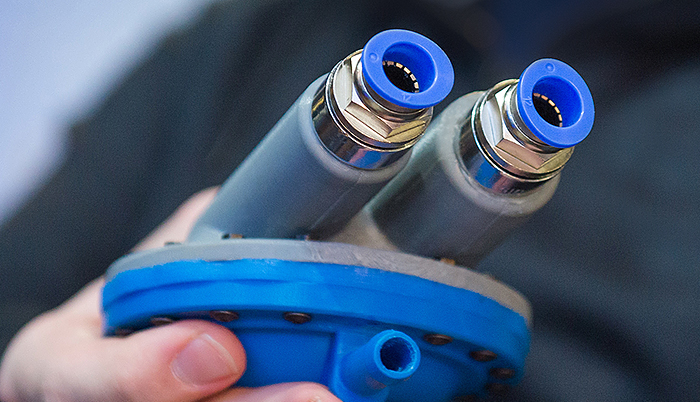
As 3D printed goods make their way into everyday life, one has to consider the question, “Would You Trust A 3D Print With Your Life?”
Those using inexpensive desktop 3D printers may relate to the question. After printing many inconsequential items, what happens when you need to print something that could affect your well-being? What if you’re intending on printing a critical replacement component for your vehicle instead of another plastic dragon? There’s even a recent case of some folks developing a 3D printed heart.

Would you proceed?
Or would you back off and get your part from a traditional source?
Often parts printed on inexpensive equipment – or in many cases on expensive 3D printers as well – the parts are relatively fragile and suitable only for visual inspection or temporary use. One feature not often considered is the durability of a mechanical part: how long will it last in the deployed configuration? How many turns, activations or movements can it withstand before cracking, breaking or bending? One? A hundred? Twenty-eight thousand?
Such a question is important if your life or someone else’s depends on the answer.
I suspect most readers would avoid using casually 3D printed items in such situations; it makes much sense and is the conservative approach.
But there’s another twist to this: you may have ALREADY been in a situation where your life depended on the correct functioning of a 3D printed component.
One such example could be in air travel, as an increasing number of jetliners now include 3D printed components. Many are not of a critical nature, but some are, with more coming.
Did you trust your safety on that flight? You probably did, otherwise you wouldn’t have flown.
So what is the difference here? How can we trust some prints, but not others?
The answer is in the idea of trust itself. We trust the airline’s 3D printed parts because we believe that the manufacturer has engaged in sufficient analysis, design, testing and certifications to ensure that the 3D printed part – and all other components of the jetliner – will meet or exceed safety requirements. The work to do this is a great proportion of the activity undertaken by an airplane manufacturer. We believe in their work, and the regulatory agencies that ensure they do that work correctly.
Back to the desktop 3D printer situation: we most often do not undertake all that work to certify parts printed are safe. In fact, industrial 3D prints are often similar: depending on the purpose of the part, certifications are not always done. Perhaps it’s just a prototype.
It’s not that we trust or don’t trust a 3D printed part; instead it’s really whether we trust that sufficient analysis has been done to ensure the part works properly.
Meanwhile, my plastic dragons are operating as expected, and are completely safe.

